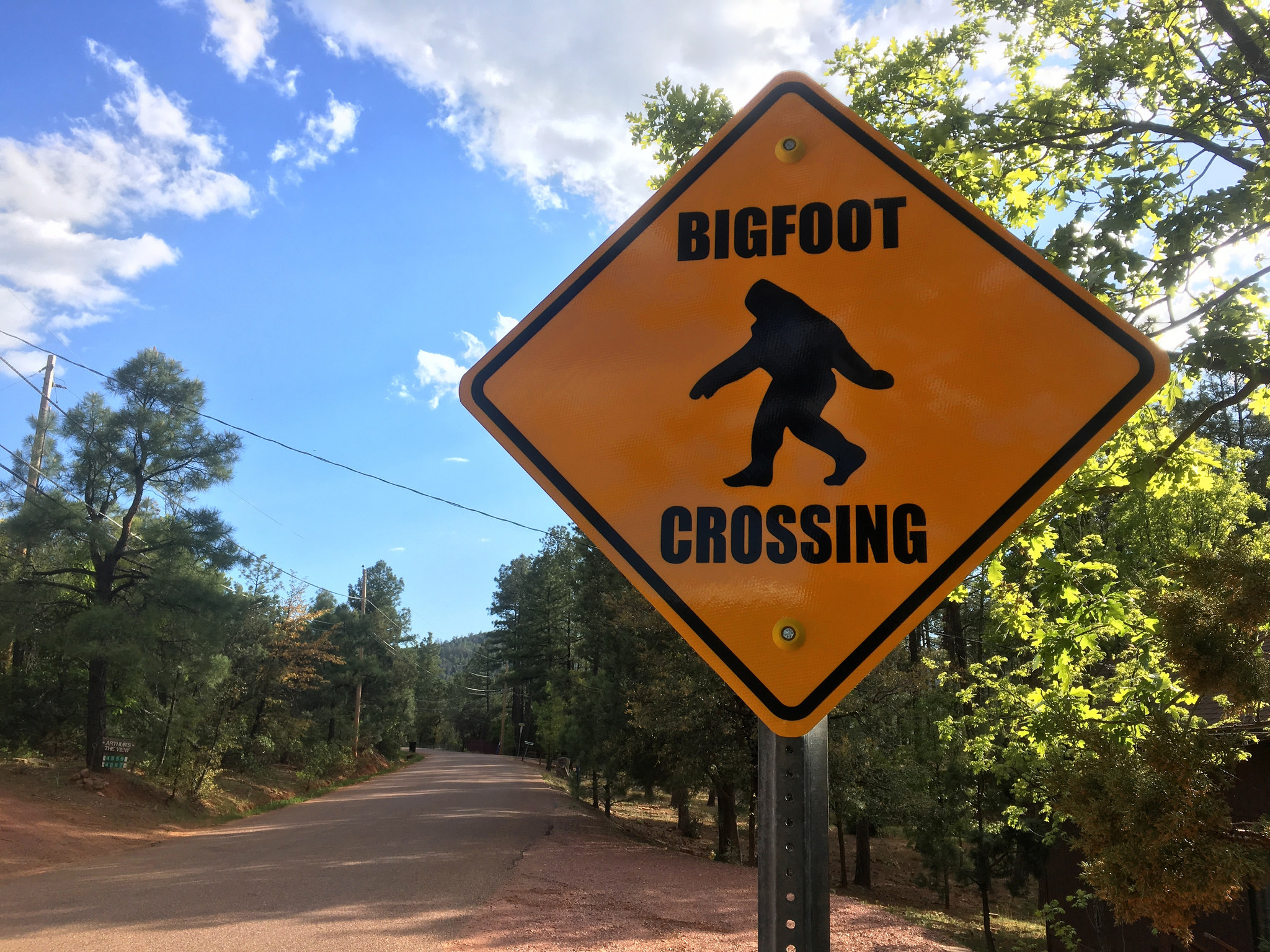 Linking verbs join or “link” the subject of a sentence with the rest of the sentence. They make a statement by linking things, as opposed to showing any kind of action.
Linking verbs join or “link” the subject of a sentence with the rest of the sentence. They make a statement by linking things, as opposed to showing any kind of action.
Common linking verbs are any of the to be verbs: am, is, are, was, were, be, been, and being. However, become and seem are also common, and other verbs have the potential to be linking verbs. It really depends upon the sentence. Here is an example of a common linking verb used in a sentence:
Here are some examples of how other verbs can become linking verbs:
Those old shoes smell funny.
Because linking verbs and auxiliary verbs are often the same words, you may wonder how you can tell the difference between a linking verb and an auxiliary verb. The key is that linking verbs join the subject and the predicate of a sentence, and in some ways, allow the predicate to rename the subject; auxiliary verbs will be used with other verbs.
